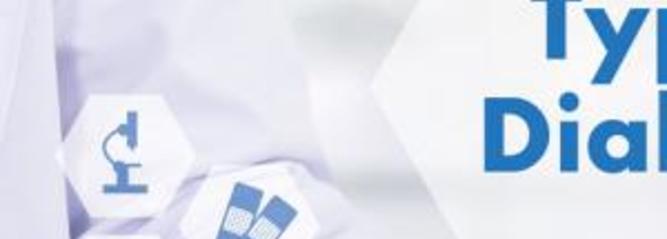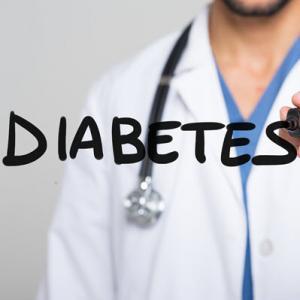Extra weight can cause insulin resistance, which means that your body can't use insulin properly, so being overweight or physically inactive can contribute to diabetes.4
In addition, some people are naturally more likely to develop type 2 diabetes, including people of African, Asian, Native American, Hispanic or Latino, Hawaiian, or Pacific Islander descent.4
You may also be more likely to develop type 2 diabetes if you're over age 45, have a family history of diabetes, have high blood pressure or cholesterol, or have had gestational diabetes in the past.5



